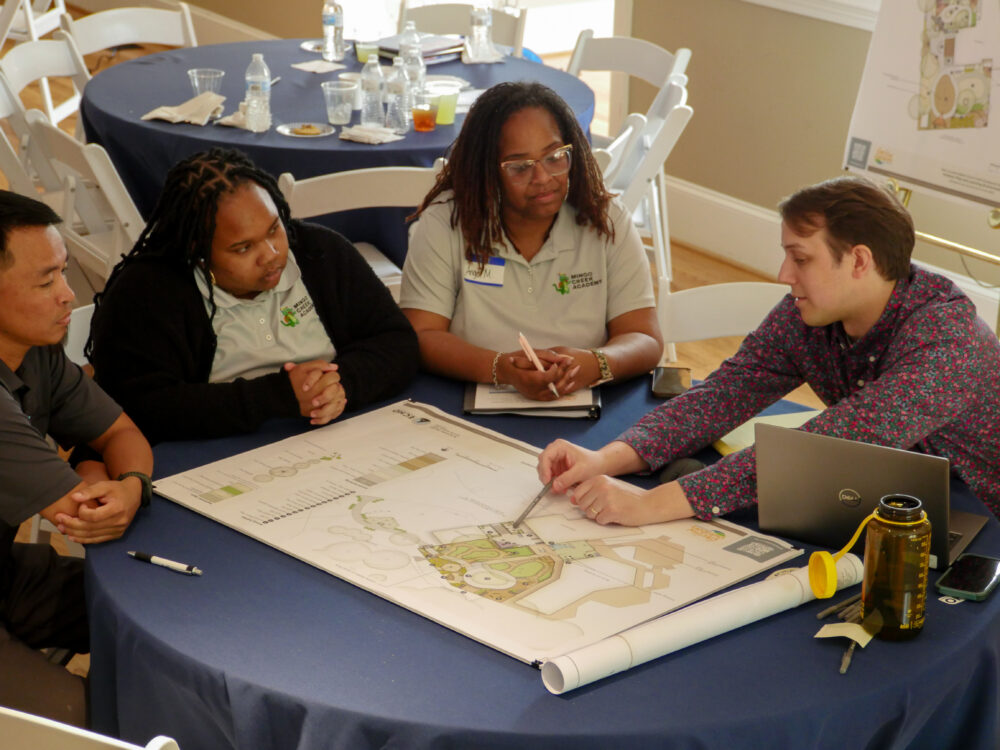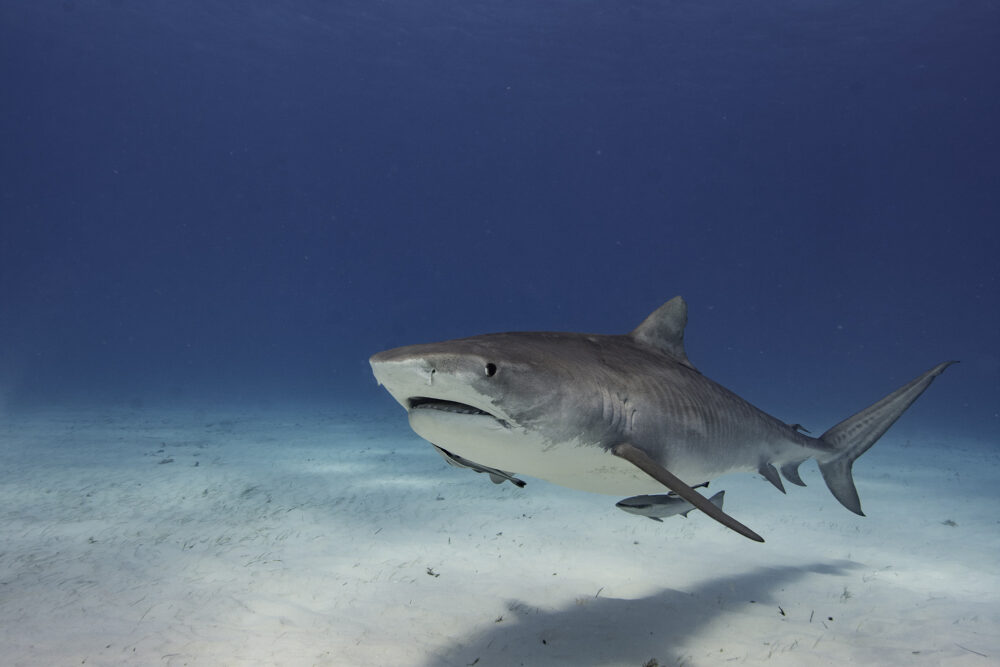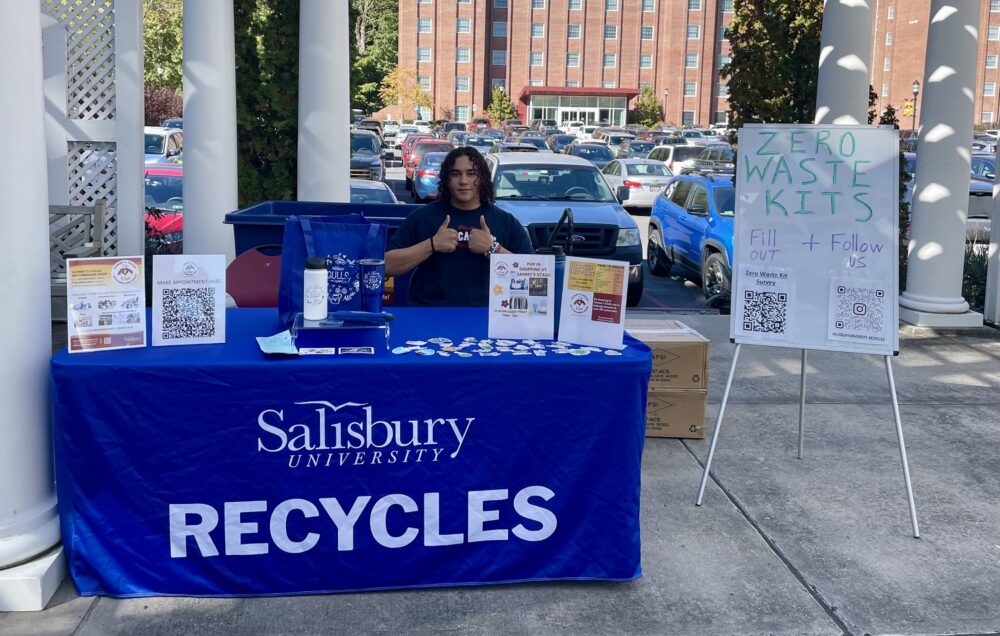We have much more to do and your continued support is needed now more than ever.
Education Newsletter September 2020
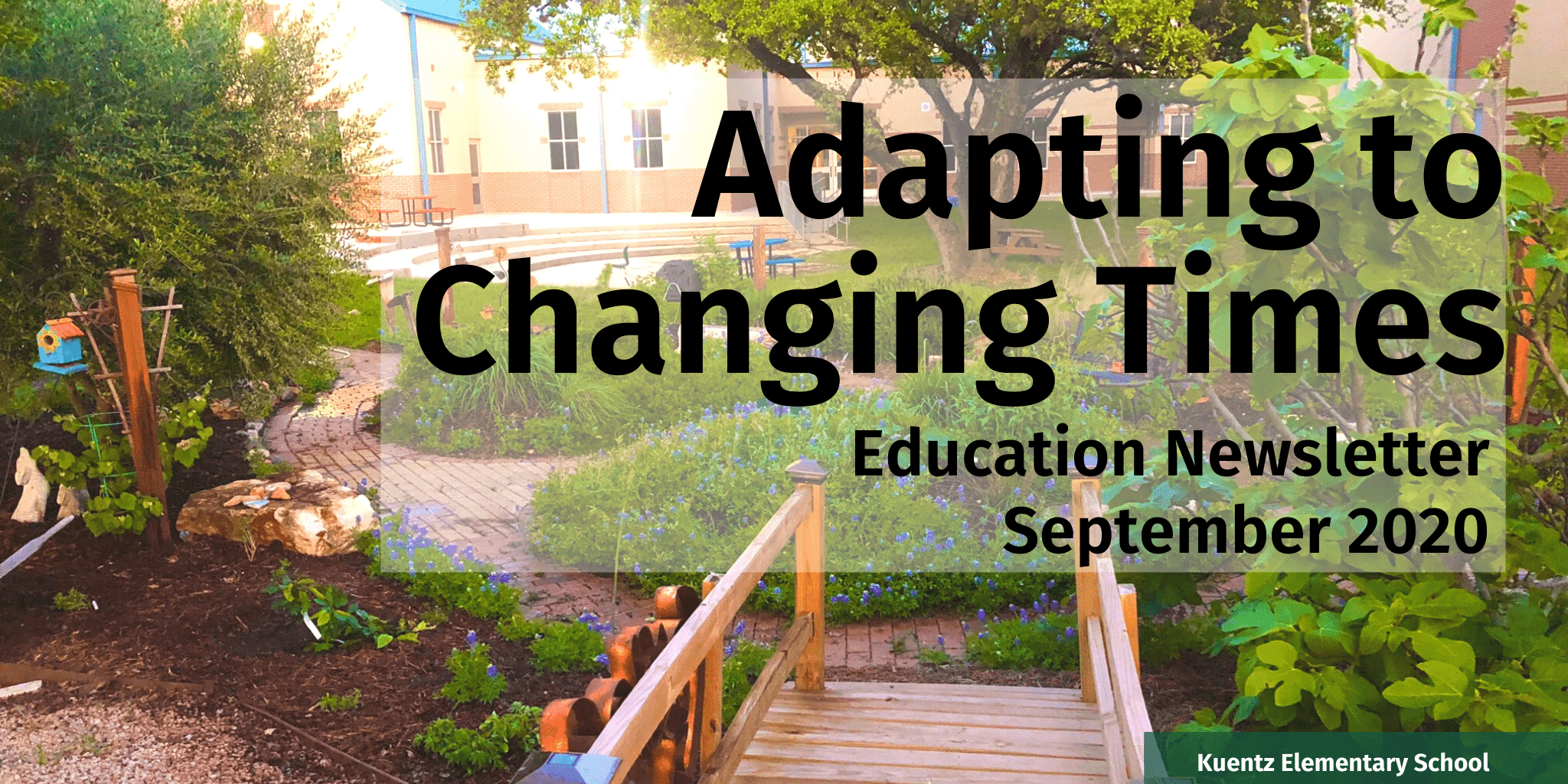
We begin this new school year in uncharted waters – new learning environments and new ways to interact. We recognize the challenges that exist in equitably supporting students and families.
National Wildlife Federation’s education staff are continuing to provide accessible resources to our communities. We rely on our relationships with and the passion of the teachers, schools and districts to assist us in spreading the word.
Kicking Off 2020-2021
We acknowledge the numerous intersecting issues within and around our food system, including hunger and food scarcity that have been amplified due to the ongoing pandemic. As our work focuses on the intersections between equity, the environment, and economics (commonly known as Education for Sustainable Development), Eco-Schools USA, will use the next two months to unpack the Sustainable Food pathway.
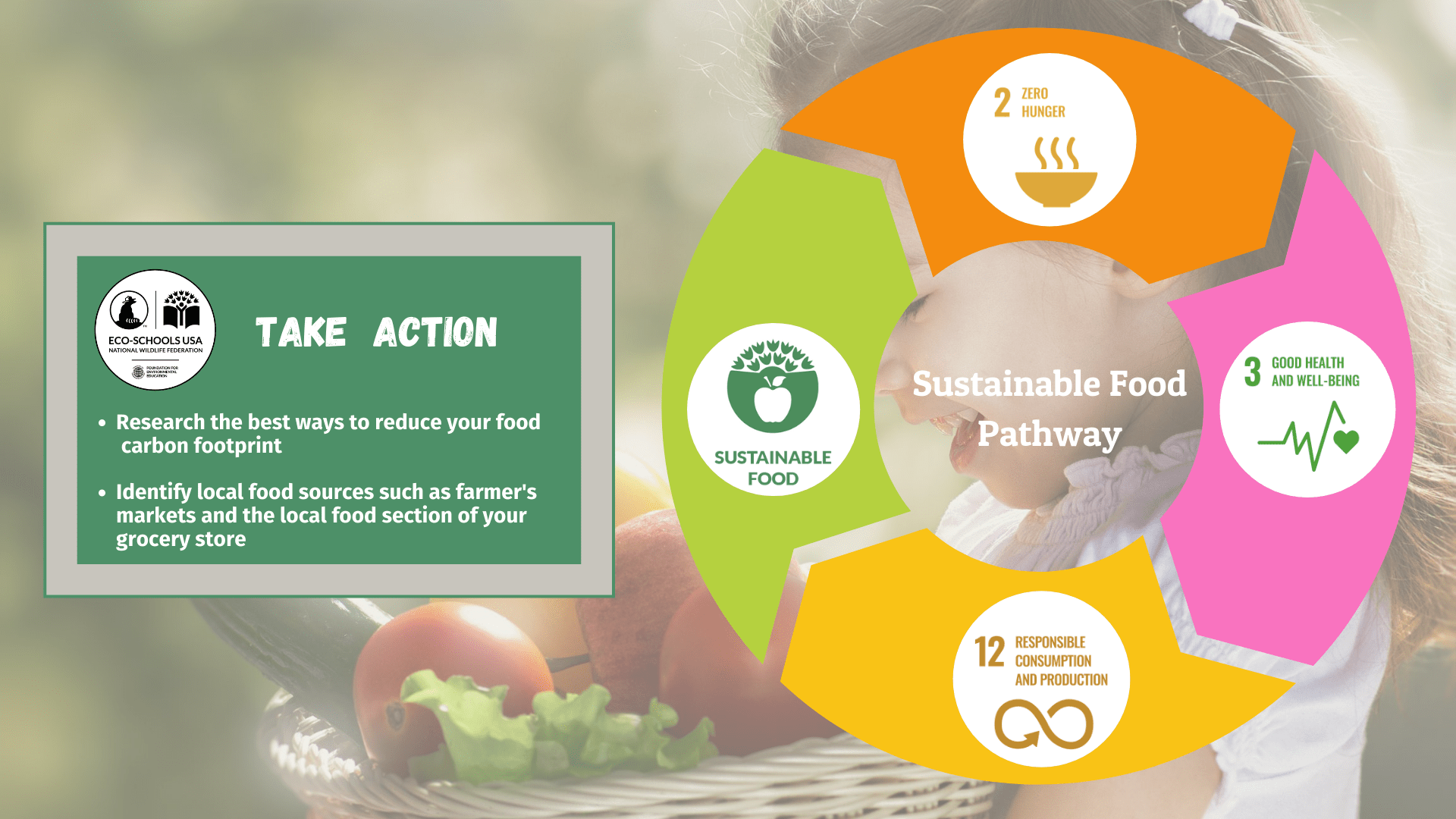
Adapting to New Learning Environments
ad·ap·ta·tion
a change or the process of change by which an organism or species becomes better suited to its environment.
Just as wildlife continuously adapt to their changing environment, people adapt to new situations, issues, and feelings every day and in their own ways. Eco-Schools USA is adapting program resources to provide teachers, parents, and caregivers the guidance and resources to support equitable outdoor or at-home environmental education opportunities.
This year Eco-Schools USA will provide two options for teachers, parents and caregivers to connect children to nature and use the natural world as a vehicle to learning.
OPTION 1: School is in session and on campus. Accomplish your sustainability work on campus utilizing the existing Eco-Schools USA program.
OPTION 2: School is in session and is delivered virtually or via shadow/pod schools. Accomplish sustainability goals using our newly created Eco-Schools at Home modules. These five new modules allow teachers, caregivers, or parents to work with their children, as they travel through a series of activities that allow them to assess a topic of sustainability and take action. Schools can receive recognition for actions taken and earn a certificate of completion and an Eco-Schools at Home badge for their Eco-Schools USA dashboard. Families and caregivers can also earn certificates of completion.
Learn More!
Take Learning Outside
With the continued impacts of COVID-19, schools and families across the country are having to deal with the changes it brings and adapting together to determine what school will look like this fall. One innovative idea that has come to light is the concept of utilizing outdoor school grounds and local community green spaces for learning. Expanding classrooms into outdoor green spaces – on and off school grounds – can provide options for social distancing and reduce the density of often crowded indoor spaces, providing safe, alternative and equitable places for student learning. To learn more check out our latest blog Adapting Together: Time to Take Learning Outside!
Discover New Resources
The National Wildlife Federation’s ECHO (Early Childhood Health Outdoors) program began as an innovative partnership based on research from North Carolina’s State University’s Natural Learning Initiative on the Preventing Obesity by Design model. The models show substantial benefits to young children when outdoor spaces are improved by design. Explore curated resources for creating a vibrant outdoor learning environment, including plenty of creative ideas in the Nature Play at Home Guide. Topics include Fruit & Vegetable Gardening, Playing in All Weather, and Considerations for Balconies, Patios, Porches, & Other Small Spaces.
Learn About Wildlife | Owls
Species like the great horned owl have several adaptations that make them great birds of prey. These include an acute sense of hearing, large eyes, and the ability to rotate their heads up to 270 degrees. Explore the National Wildlife Federation Wildlife Guide to learn more cool facts about the Great Horned Owl, the Burrowing Owl, and the Northern Spotted Owl.
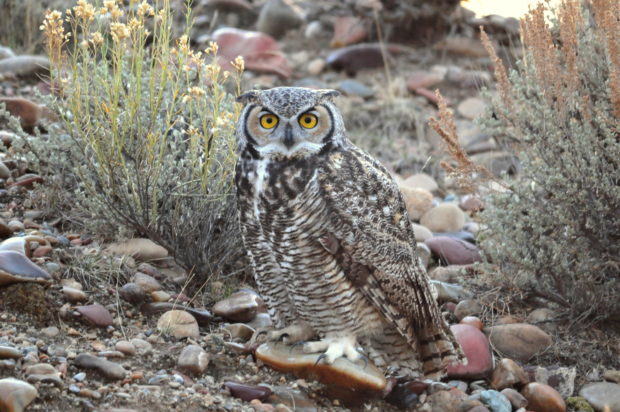
After reading Owl Patrol in the September issue of Ranger Rick® magazine, explore the Ranger Rick Educator’s Guide and the Ranger Rick Family Guide, adapted with activities for at-home learning. This month’s Wildlife Watch activity provides a fun way to extend the learning for kids as they research local owl species and create a spotlight poster.
Green Opportunities
- 9/26/20 | Join NEEF’s National Public Lands Day, with opportunities for virtual and in-person engagement. Connect students with public lands using The Wilderness Society curriculum, Public Lands in the United States, an equitable and inclusive teaching resource to connect students with public lands.
- Get outside with Green Schoolyards America free Schoolyard Activity Guides
- Sign up for access to a free annual digital subscription of National Wildlife magazine. A great tool to engage high schoolers in conservation projects, policy and action.
- Has your community implemented a stormwater incentive program? The National Wildlife Federation’s Community Wildlife Habitat’s team is compiling this information in a database of stormwater management financial incentive programs. Send information to community@nwf.org.
- Guidance counselors and teachers can explore National Wildlife Federation’s EcoLeaders Career Toolkit as a resource to complement school-based academic and career development programming.
- Explore educational video resources and subscribe to the Eco-Schools USA YouTube Channel
- Find virtual classroom resources for at-home learning including learning activities, educational videos, Ranger Rick Family Guides, & wildlife and pollinator craft activities.
- WeAreTeachers.com has gathered 21 Anti-Racism Videos to Share with Kids
- NOAA Live! Recorded webinar series in conjunction with Woods Hole Sea Grant and the Woods Hole Oceanographic Institution
- Indigenous Arts and Sciences Resources
- Test your climate knowledge with these interactive quizzes from NASA
- Watch free shark education webinars with Sharks4Kids
- Sign up to video chat with a scientist from home with Skype a Scientist
- The World’s Largest Lesson – Introducing the Sustainable Development Goals to young people
PROFESSIONAL DEVELOPMENT













